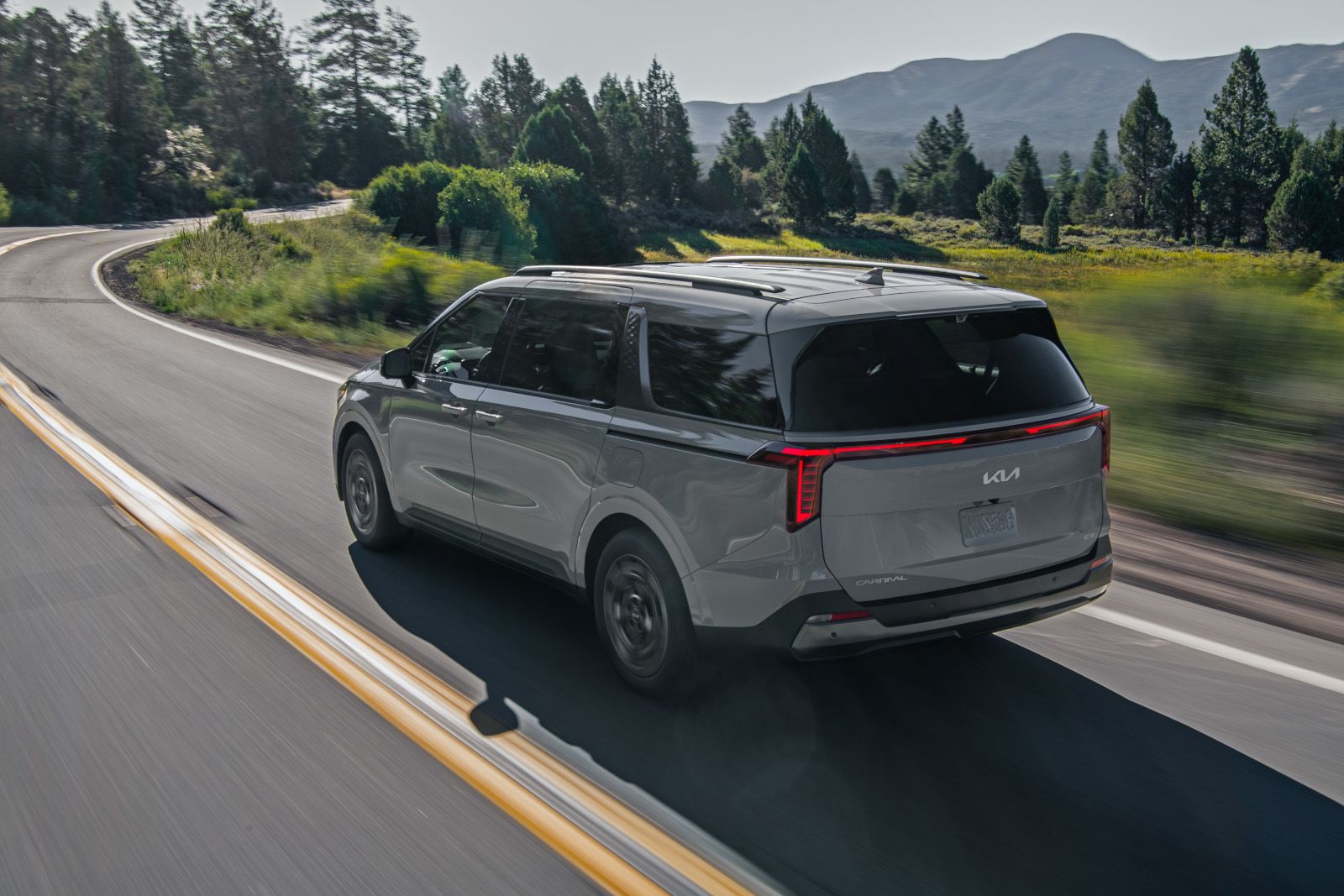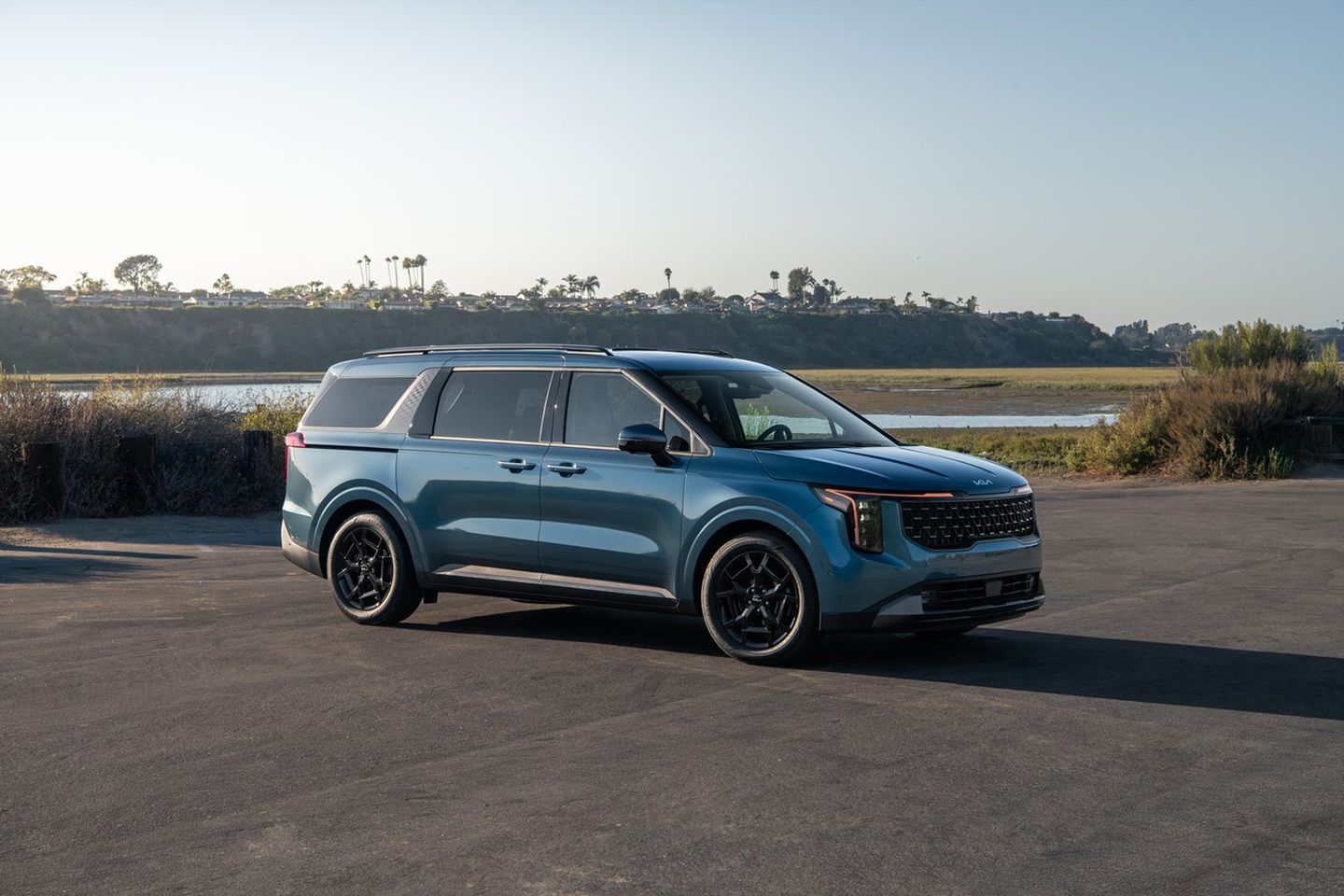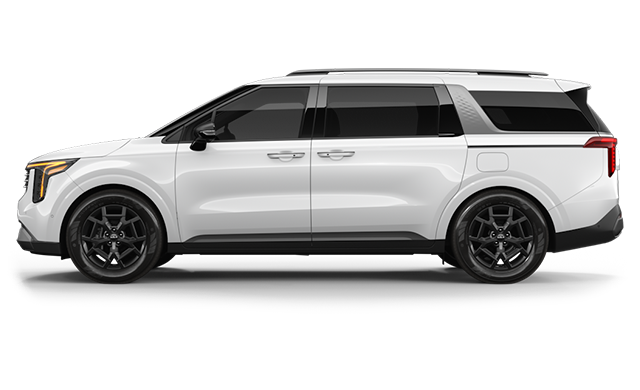Highway 401 through the Cobourg corridor carries more than 100,000 vehicles daily, making it one of Ontario's busiest transportation arteries. This stretch of highway connects Toronto's eastern suburbs with Kingston and Montreal, creating constant traffic flow that includes everything from local commuters to long-haul transport trucks. For residents who regularly navigate this challenging environment, advanced safety technology provides crucial assistance.
The 2026 Kia Carnival includes a comprehensive suite of safety features specifically designed for highway conditions like those found on the 401. These systems work continuously to monitor surrounding traffic, identify potential collision risks, and provide intervention when necessary. Understanding how these technologies function helps drivers make informed decisions about vehicle safety.
Blind-Spot Collision-Avoidance Assist Technology
The 401's multiple lanes and heavy truck traffic create numerous blind-spot scenarios where vehicles become invisible to traditional mirror systems. Blind-Spot Collision-Avoidance Assist uses radar sensors mounted in the rear bumper to monitor areas alongside and behind the vehicle that mirrors cannot cover effectively.
When the system detects a vehicle in the blind-spot area, it provides both visual and audible warnings to alert the driver. The visual warning appears as an illuminated indicator in the side mirror, while the audible warning sounds when the driver activates the turn signal while a vehicle occupies the blind spot.
Beyond simple warnings, this system provides active collision avoidance. If the driver begins a lane change while a vehicle occupies the blind spot, the system can apply corrective steering input to prevent the lane change from occurring. This intervention happens smoothly and allows the driver to maintain control while avoiding potential collision.
|
Traffic Scenario
|
System Response
|
Driver Benefit
|
|
Vehicle approaching from behind
|
Visual mirror warning
|
Early awareness
|
|
Vehicle in adjacent lane
|
Warning light activation
|
Clear hazard identification
|
|
Lane change with obstruction
|
Steering correction
|
Active collision prevention
|
The radar technology functions effectively in various weather conditions common to the 401 corridor, including rain, snow, and fog that can reduce visibility and complicate manual blind-spot monitoring.
Lane Following Assist for Highway Conditions
Extended highway driving on the 401 requires constant steering corrections to maintain proper lane position. Over long distances, these micro-adjustments contribute to driver fatigue and reduce overall safety awareness. Lane Following Assist addresses this challenge by providing continuous steering assistance to keep the vehicle properly centred within its lane.
The system uses forward-facing cameras to identify lane markings and calculates the vehicle's position relative to these boundaries. When the vehicle begins to drift from the centre position, the system applies gentle steering inputs to guide it back to proper alignment.
This technology proves particularly valuable during the long, straight sections of the 401 east of Toronto where highway hypnosis can affect concentration. The system maintains lane position while allowing drivers to focus more attention on traffic awareness and route planning.
Lane Following Assist works in conjunction with Advanced Smart Cruise Control to create a coordinated highway driving experience. Together, these systems manage both longitudinal control (speed and following distance) and lateral control (lane position), reducing overall driver workload during extended highway travel.
Forward Collision-Avoidance Assist with Advanced Detection
The 401's traffic density creates frequent situations where vehicles must brake suddenly due to changing conditions ahead. Forward Collision-Avoidance Assist monitors the roadway continuously using both radar and camera technology to identify potential collision scenarios before they become unavoidable.
The system detects not only vehicles directly ahead but also pedestrians and cyclists who might enter the roadway unexpectedly. This broad detection capability proves essential during construction zones or emergency situations where people may be present on or near the highway.
When the system identifies a potential collision, it provides warnings through visual, audible, and haptic alerts. If the driver doesn't respond adequately, the system can apply emergency braking to reduce impact severity or avoid collision entirely.
Advanced detection includes recognition of vehicles that are stopped or slowing ahead, even when other vehicles obscure direct sight lines. This capability helps manage the sudden slowdowns that characterize busy highway corridors like the 401.
Rear Cross-Traffic Collision-Avoidance Assist

Highway travel often requires stops at service centres, rest areas, or destinations where backing out of parking spaces can create collision risks. Rear Cross-Traffic Collision-Avoidance Assist addresses these scenarios by monitoring areas to the left and right of the vehicle while reversing.
The system uses radar sensors to detect approaching vehicles from either side and provides warnings when cross-traffic presents collision risk. If the driver doesn't respond to warnings, the system can automatically apply the brakes to prevent or reduce impact severity.
This technology proves particularly valuable at busy highway service centres where large vehicles and complex traffic patterns create challenging backing scenarios. The system's ability to detect approaching vehicles before they become visible to the driver provides crucial safety margin in these environments.
High Beam Assist for Improved Visibility
Night driving on the 401 requires careful management of headlight settings to maximize visibility without creating glare for oncoming traffic. High Beam Assist automates this process by monitoring oncoming and preceding vehicles and switching between high and low beam settings automatically.
The system activates high beams when conditions allow maximum visibility and switches to low beams when other vehicles are detected. This automation ensures optimal lighting conditions while preventing the glare that can distract or temporarily blind other drivers.
During the longer stretches of the 401 with minimal lighting, this system maintains maximum visibility without requiring constant manual adjustment. The technology responds quickly to changing traffic conditions, providing seamless lighting management throughout night driving scenarios.
Electronic Stability Control and Traction Management
Highway 401 weather conditions can vary dramatically, particularly during winter months when snow and ice create challenging driving surfaces. Electronic Stability Control continuously monitors vehicle behavior and intervenes when it detects loss of stability or traction.
The system can apply individual wheel braking and adjust engine power to maintain vehicle control during emergency maneuvers or adverse conditions. This intervention happens faster than human reflexes can respond, providing crucial stability assistance when conditions exceed normal driving parameters.
Hill-assist Control prevents rollback when starting on inclined surfaces, while Trailer Stability Assist manages trailer sway when towing. These systems work together to maintain vehicle control regardless of load conditions or driving scenarios.
Integration with Vehicle Performance Systems
The Carnival's safety systems integrate with the vehicle's powertrain and transmission to provide coordinated responses to driving conditions. The 3.5-litre V6 engine producing 288 horsepower provides adequate power reserves for emergency maneuvers, while the eight-speed automatic transmission ensures optimal gear selection during safety system interventions.
The hybrid powertrain option combines a 1.6-litre turbocharged engine with electric motor assistance for 242 combined horsepower. This system maintains performance capabilities while providing the instant torque delivery that can assist during emergency acceleration scenarios.
Advanced safety features transform highway 401 travel from a demanding driving challenge into a more manageable experience. The 2026 Kia Carnival's comprehensive safety suite provides multiple layers of protection and assistance that address the specific risks associated with high-traffic highway environments. Discover how these technologies can enhance your confidence during highway travel at Cobourg Kia.
To learn more about the 2026 Kia Carnival, visit Kia.ca







